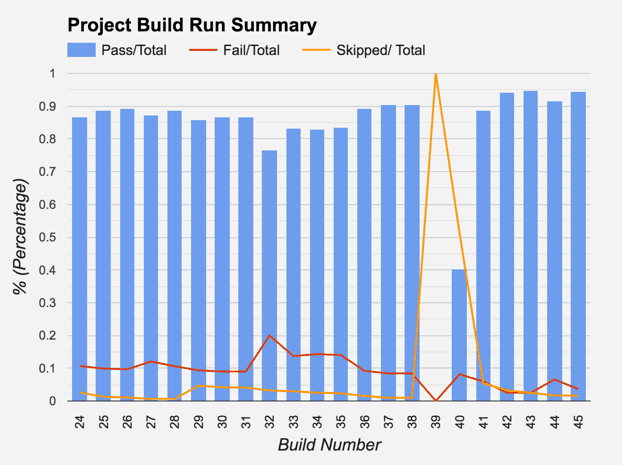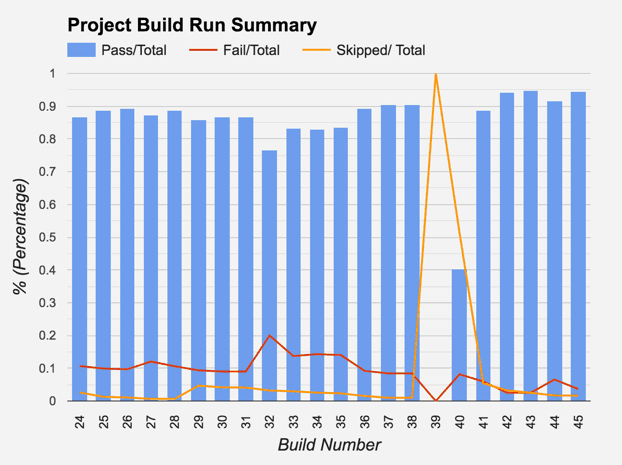What is Continuous Integration Testing?
Continuous Integration (CI) is a development practice where developers integrate their code changes into a shared repository several times a day. Each integration is automatically verified by building the software and running a suite of tests. CI testing ensures that code changes do not introduce new bugs or regressions and that the software remains in a deployable state.
The Role of CI Testing in Software Development
Early Bug Detection and Resolution: One of the primary benefits of CI testing is the early detection of bugs. By integrating code changes frequently and running automated tests, developers can catch issues early in the development cycle. Continuous Integration Testing This allows for quicker identification and resolution of problems, reducing the time and effort required to fix them.
Improved Code Quality: CI testing enforces a culture of rigorous testing and code reviews. Automated tests run with each integration, ensuring that new code meets predefined quality standards. This continuous feedback loop helps maintain high code quality and reduces the likelihood of introducing defects.
Faster Development Cycles: Traditional development practices often involve lengthy integration phases at the end of a project. CI testing eliminates these bottlenecks by ensuring that code is continuously integrated and tested throughout the development process. This results in shorter development cycles, allowing teams to deliver features and updates more rapidly.
Enhanced Collaboration: CI testing fosters collaboration among team members. With frequent integrations and automated testing, developers receive immediate feedback on their code changes. This encourages better communication and collaboration, as team members work together to address issues and improve the software.
Reduced Integration Risk: Integrating large code changes at the end of a development cycle can be risky and time-consuming. CI testing mitigates this risk by breaking down integrations into smaller, manageable increments. This incremental approach reduces the complexity of integrations and minimizes the chances of introducing critical issues.
Implementing CI Testing
Set Up a CI Server: The first step in implementing CI testing is to set up a CI server, such as Jenkins, Travis CI, or CircleCI. These tools automate the build and testing process, allowing developers to focus on writing code.
Automate Build and Test Processes: To fully leverage CI testing, it's essential to automate the build and test processes. This includes setting up scripts to compile the code, run unit tests, and perform integration tests. Automated testing ensures that every code change is thoroughly validated.
Maintain a Robust Test Suite: A comprehensive test suite is crucial for effective CI testing. Mobile App Testing This includes unit tests, integration tests, and end-to-end tests. Regularly updating and maintaining the test suite ensures that it remains relevant and effective in catching issues.
Monitor and Report Results: CI testing tools provide detailed reports on build and test results. Monitoring these reports helps identify trends, track progress, and address any recurring issues. Teams can use this data to continuously improve their development processes.






Comments